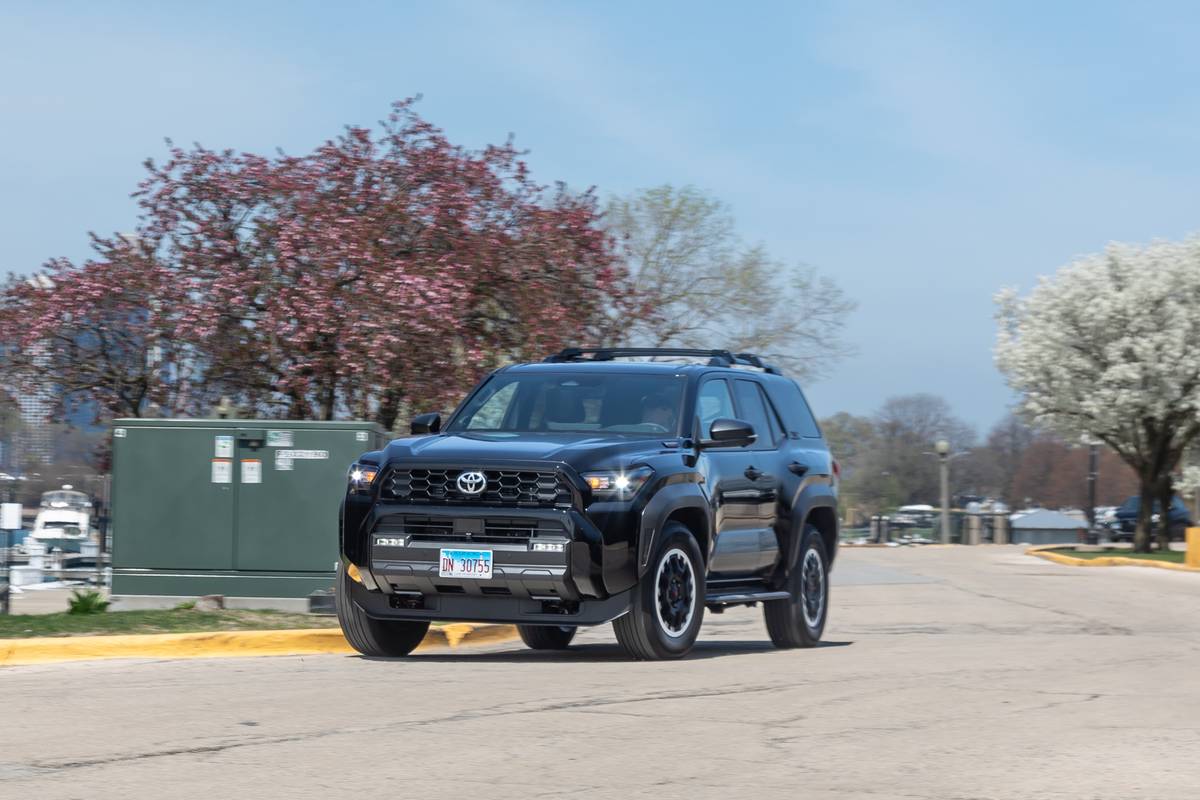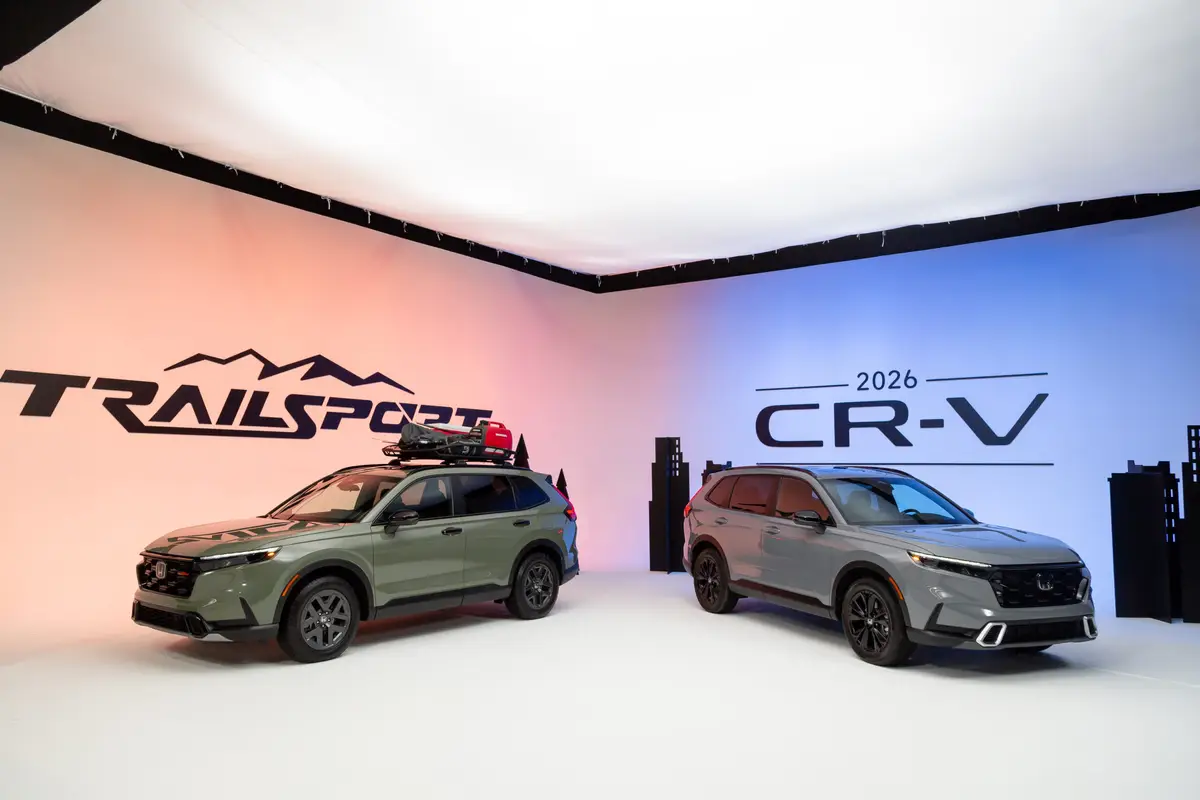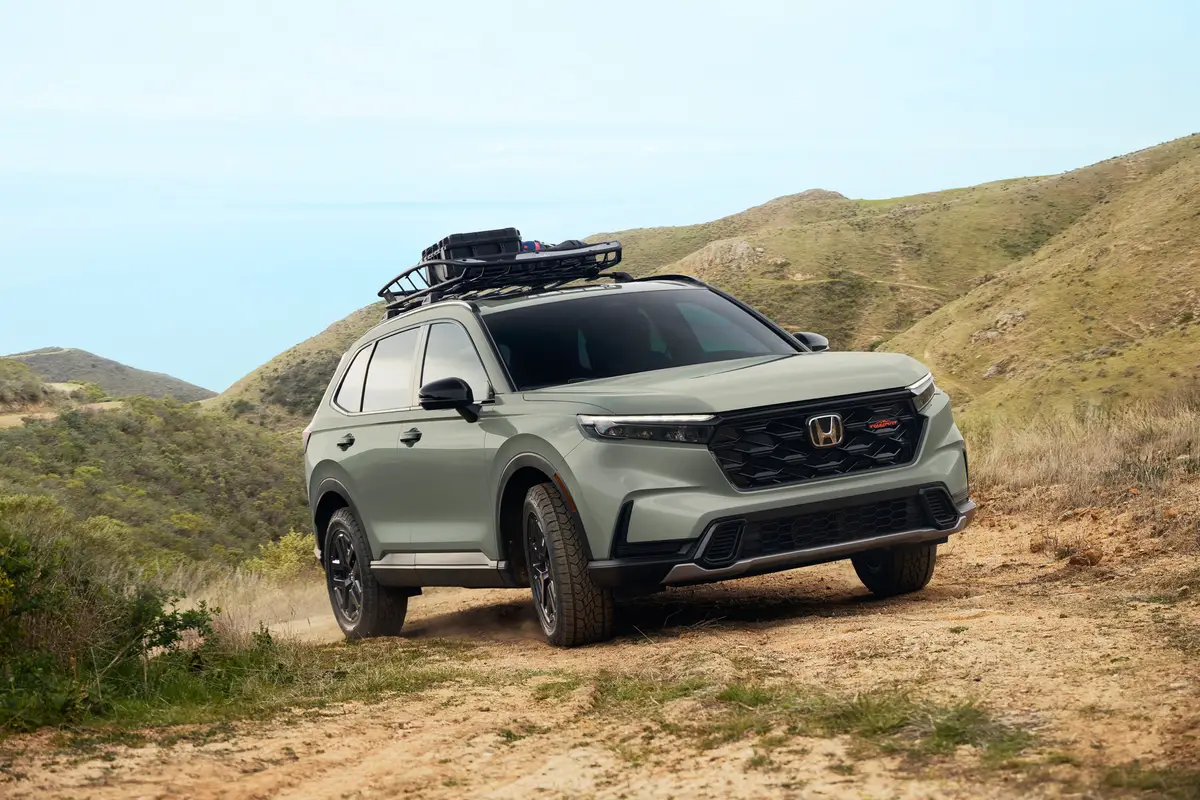Star-Telegram.com's view
Better hurry if you have any plans to buy one of those really cool Chevrolet SSR sport pickups.
The last one came off the assembly line at General Motors’ Craft Centre in Lansing, Mich., on March 17, closing yet another chapter in automotive history. Now that it’s out of production, the SSR is well on its way to becoming a valuable classic.
A victim of slow sales and GM’s massive cost cutting, the SSR was in production for less than three years, with a total of about 24,150 of them built. Sales of the SSR through February totaled 20,256, so that leaves more than 3,000 of them still in the pipeline or on dealer lots waiting for the last buyers to grab them.
Sales in the first two months of this year totaled just 837 units, down from 1,578 during January and February 2005. And for calendar year 2005, sales totaled just 8,107, down from 9,648 during 2004.
To help in the final sales push, GM in March put a $1,000 rebate on the SSR, whose list price had already been dropped to under $40,000.
Short for “Super Sport Roadster,” the SSR is a retro-styled pickup with styling similar to that of the Chrysler PT Cruiser, yet with much more curb appeal, more than twice the power, and more than double the price.
Even at the original $42,000 base sticker price, the SSR seemed to be a bargain. But because of its impracticality for most people as a daily driver, sales never came close to GM’s expectations.
With room for only two people, and only a small cargo bed whose use is limited by a hard cover that can’t be removed, the SSR was never going to be anyone’s family vehicle. Instead, for most buyers it was a third vehicle for weekend and special use. Dealers say that the SSR was priced about $10,000 too high to be successful.
The problem was that at the price — including freight and options it could run as high as $48,000 — the SSR was competing against Chevrolet’s own Corvette. And as one dealer put it, “If a customer has to pay as much for the SSR as for a ‘Vette, he’ll take ‘Vette.”
Lowering the price would have been too costly for GM. The SSR wasn’t cheap to build, and even at the sticker price, there was not much profit. The cost of assembly was high in part because GM contracted the job to an outside firm, ASC Inc., which also makes convertible and sunroof systems for a several automakers.
ASR built the SSR at GM’s Craft Centre, which was targeted for closing in a recently announced round of budget cuts aimed at turning around the troubled General Motors. The Craft Centre had been building GM specialty vehicles since 1987, starting with the Buick Reatta. Other products from the plant included the Cadillac Eldorado, Chevy Cavalier and Pontiac Sunfire convertibles, and the short-lived EV1 electric car.
As for the SSR, no one can deny that it is one of the coolest pickups ever. It looks like a sports car and a late-1940s/early-1950s Chevy pickup rolled into one. It’s built on the same chassis as the Chevrolet TrailBlazer sport utility vehicle, but there are no similarities to the TrailBlazer in either styling or performance.
The SSR’s best feature is the retractable hardtop, which, with the touch of a button, folds away into a compartment behind the front bucket seats.
It does not fold into the pickup bed, thereby leaving that for cargo – not much cargo, mind you, because it comes with that hard cover that tilts up from the rear, limiting the SSR to carrying short, long cargo.
That shouldn’t be a problem for most folks, though, because the SSR really isn’t going to be anyone’s work truck.
GM called the roof a “top stack,” the first application of this style of roof on a pickup.
It’s also the only system where the roof panels move independently to stack vertically behind the passenger compartment, GM said. Holding down the button, it takes only 25 seconds to open the roof, which stacks neatly rearward in waterfall fashion.
As with most convertibles, driving the SSR with the top down is the most fun. With the top down and the windows up, the wind blowing into the cockpit is minimized even at highway speeds. If you don’t mind having your hair messed up, though, it’s really better with the windows down.
With the top up, you really can’t tell that the SSR is a convertible. The hard top looks like it’s fixed in place, and the vehicle still looks very, very cool. Because it is a hard top, there is none of the wind noise you would get with a canvas or vinyl top.
Like a normal truck, the SSR has body-on-frame construction — an upper steel unibody mounted on a steel frame, with hydroformed steel side rails that give it extra strength and relatively low weight. This helps to maintain structural rigidity with the top down – eliminating body shake that often comes with car-based convertibles.
Initially, the SSR came with a version of the 5.3-liter V-8 engine offered in the long-wheelbase versions of the TrailBlazer/GMC Envoy/Buick Rainier.
That gave it 300 horsepower and 331 foot-pounds of torque from the all-aluminum version of the legendary Chevy small-block V-8 engine.
Coupled with a four-speed automatic transmission, it would push the SSR from zero to 60 mph in 7.9 seconds. That’s not exactly high-performance in the sports car world, but was impressive for a vehicle that is essentially a convertible pickup, sort of like an El Camino without a top.
The lack of impressive power probably hurt the SSR from the start, and GM fixed the problem by changing to a Corvette engine for model year 2005. The SSR got a version of the new 6.0-liter LS-2 V-8 engine that came in the redesigned Corvette for 2005. In the SSR, it is rated at 390 horsepower and 405 foot-pounds of torque.
At first, the SSR’s only transmission was GM’s four-speed Hydra-Matic 4L60-E. But with the change to the Corvette engine last year, the SSR got a Hydra-Matic 4L65-E four-speed automatic as its standard gearbox, and a Tremec M10 six-speed manual was added to the list of options ($815 extra).
Also new for ’05 were a re-tuned steering system for more precise on-center feel and reduced low-speed effort, GM said, along with a revised exhaust routing, including two pipes from the muffler (a quasi-dual exhaust).
The exhaust system of the SSR has been tuned to give a roaring sound that is part of what turns heads when the SSR takes off.
The cargo bed should be regarded as just a large trunk, and in that respect, it can be considered quite roomy at 23.7 cubic feet.
Standard amenities on the SSR include cruise control, AM/FM/compact-disc stereo with XM satellite radio, GM’s OnStar communications/navigation system, air conditioning, power seats and leather seating surfaces.
With its 116-inch wheelbase, the SSR has the length of a truck, yet it is short enough to allow for a tighter turning radius than one would expect.
GM put the battery in the rear to improve weight distribution and allow for the dramatic front-end styling. GM said at the time the SSR was introduced that having the battery in the rear is common for street rods, and that because it is not in the hot engine compartment, it would last longer.
The SSR has a fully independent suspension tuned for the SSR’s ride and handling characteristics, “while providing robustness and durability for on-road truck use,” GM said. Electronic traction control and a Torsen differential are standard.
Also included are four-wheel antilock disc brakes with dynamic rear proportioning. The brakes are sized to the SSR’s weight, trailering and cargo-carrying capabilities, Chevy says.
High fuel prices and the SSR’s poor fuel economy might have had some effect on sales in the past year. EPA estimates are 13 miles per gallon in the city and 20 mpg on the highway.
G. Chambers Williams III is staff automotive columnist for the San Antonio Express-News and former transportation writer for the Star-Telegram. His automotive columns have appeared regularly in the Star-Telegram since 1995. Contact him at (210) 250-3236; chambers@star-telegram.com.
Latest news



